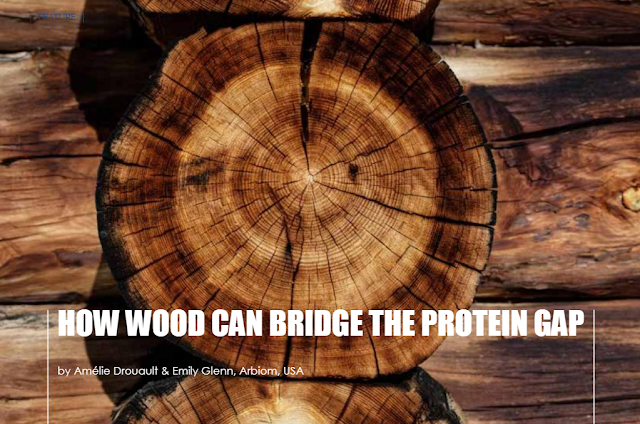Graduate in Veterinary Medicine and postgraduate in Administration and Marketing, Andrea Nagata has more than 15 years of experience in multinational industries of the animal nutrition segment in the commercial and market and product development areas.
At Biorigin, she will work as a Product Manager, being responsible for the positioning of products, global sales strategy and follow-up and for the evaluation of new opportunities and launches.
According to Alessandro Rocha, the Feed Business Global Manager, "We are challenged with a bold growth. Our strategy is to add value to our client's products by offering innovative solutions. Having Andrea in the Feed team, as a link between the commercial and technical area and the market needs, reinforces our commitment to always provide the best to our clients".
For more information visit the Biorigin website, HERE.
 |
| Andrea Nagata Image credit: Biorigin |
At Biorigin, she will work as a Product Manager, being responsible for the positioning of products, global sales strategy and follow-up and for the evaluation of new opportunities and launches.
According to Alessandro Rocha, the Feed Business Global Manager, "We are challenged with a bold growth. Our strategy is to add value to our client's products by offering innovative solutions. Having Andrea in the Feed team, as a link between the commercial and technical area and the market needs, reinforces our commitment to always provide the best to our clients".
For more information visit the Biorigin website, HERE.
The Aquaculturists
This blog is maintained by The Aquaculturists staff and is supported by the
magazine International Aquafeed which is published by Perendale Publishers Ltd
For additional daily news from aquaculture around the world: aquaculture-news





















